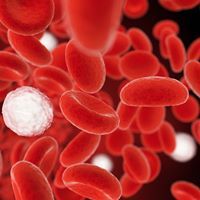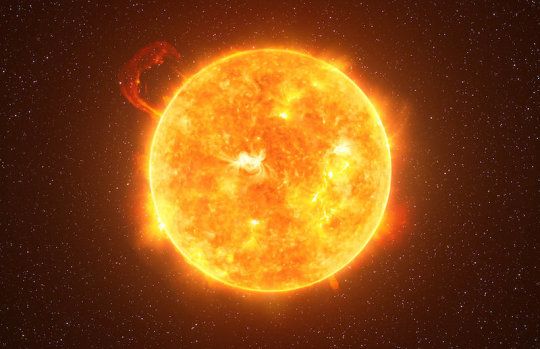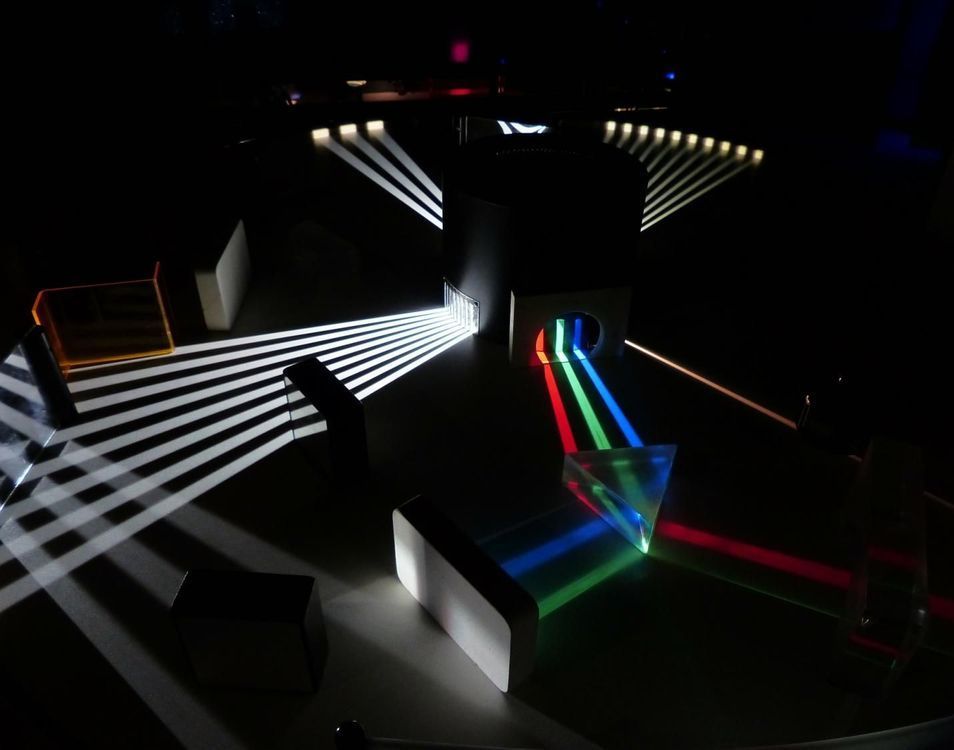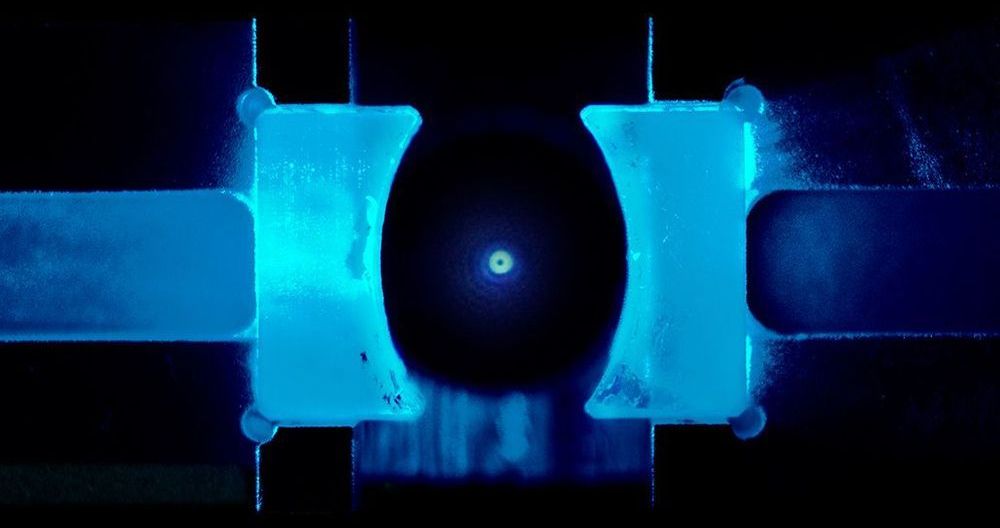Archive for the ‘particle physics’ category: Page 427
Feb 8, 2020
Plastic Eating Plants: Will they Save our Environment?
Posted by Quinn Sena in categories: biological, food, particle physics, sustainability
Circa 2016 o.o
Americans dump 251 million tons of trash annually into landfills. Bike seat ripped? Toss it. Hole in the old garden hose? Get rid of it. Spandex not tucking in your tummy? Loose it and replace it. This linear process of extracting a resource, processing it, selling it than discarding it is creating a mound of trash dangerously equivocal to the ball of trash in Futurama episode 8 season 1.
Continue reading “Plastic Eating Plants: Will they Save our Environment?” »
Feb 6, 2020
Low-energy solar particles from beyond Earth found near the Sun
Posted by Genevieve Klien in categories: particle physics, space
Using data from NASA’s Parker Solar Probe (PSP), a team led by Southwest Research Institute identified low-energy particles lurking near the Sun that likely originated from solar wind interactions well beyond Earth orbit. PSP is venturing closer to the Sun than any previous probe, carrying hardware SwRI helped develop. Scientists are probing the enigmatic features of the Sun to answer many questions, including how to protect space travelers and technology from the radiation associated with solar events.
“Our main goal is to determine the acceleration mechanisms that create and transport dangerous high-energy particles from the solar atmosphere into the solar system, including the near-Earth environment,” said Dr. Mihir Desai, a mission co-investigator on the Integrated Science Investigation of the Sun (IS?IS) instrument suite, a multi-institutional project led by Principal Investigator Prof. Dave McComas of Princeton University… IS?IS consists of two instruments, Energetic Particle Instrument-High (EPI-Hi) and Energetic Particle Instrument-Low (EPI-Lo). “With EPI-Lo, we were able to measure extremely low-energy particles unexpectedly close to the solar environment. We considered many explanations for their presence, but ultimately determined they are the smoking gun pointing to interactions between slow- and fast-moving regions of the solar wind that accelerate high-energy particles from beyond the orbit of Earth.
Feb 6, 2020
Researchers demonstrate optical backflow of light
Posted by Genevieve Klien in categories: particle physics, quantum physics
Researchers at Tel Aviv University have for the first time demonstrated the backflow of optical light propagating forward. The phenomenon, theorized more than 50 years ago by quantum physicists, has never before been demonstrated successfully in any experiment—until now.
“This ‘backflow’ phenomenon is quite delicate and requires exquisite control over the state of a particle, so its demonstration was hindered for half a century,” explains Dr. Alon Bahabad of the Department of Physical Electronics at TAU’s School of Electrical Engineering, who led the research for the study.
“This phenomenon reveals an unintuitive behavior of a system comprised of waves, whether it’s a particle in quantum mechanics or a beam of light. Our demonstration could help scientists probe the atmosphere by emitting a laser beam and inducing a signal propagating backward toward the laser source from a given point in front of the laser source. It’s also relevant for cases in which fine control of light fields is required in small volumes, such as optical microscopy, sensing and optical tweezers for moving small particles,” Dr. Bahabad says.
Feb 5, 2020
A super-rare ‘Zee burst’ in Antarctica could one day unlock a key mystery of ghostly neutrinos
Posted by Genevieve Klien in category: particle physics
A team of physicists thinks that they can solve a key mystery about neutrinos and their masses by scanning data from Antarctica’s IceCube Neutrino Observatory.
Feb 4, 2020
Oddball sexaquark particles could be immortal, if they exist at all
Posted by Quinn Sena in categories: cosmology, particle physics
Feb 3, 2020
Scientists cooled a nanoparticle to the quantum limit
Posted by Genevieve Klien in categories: nanotechnology, particle physics, quantum physics
A tiny nanoparticle has been chilled to the max.
Physicists cooled a nanoparticle to the lowest temperature allowed by quantum mechanics. The particle’s motion reached what’s known as the ground state, or lowest possible energy level.
In a typical material, the amount that its atoms jostle around indicates its temperature. But in the case of the nanoparticle, scientists can define an effective temperature based on the motion of the entire nanoparticle, which is made up of about 100 million atoms. That temperature reached twelve-millionths of a kelvin, scientists report January 30 in Science.
Feb 2, 2020
How one entrepreneur is tackling humanity’s most pressing problems
Posted by Brent Ellman in categories: bioengineering, computing, internet, neuroscience, particle physics

Braintree founder Bryan Johnson, MBA’07, invests in bold ventures on the next frontier.
Bryan Johnson is determined to explore the depths of your mind and help save humanity from its direst threats.
Continue reading “How one entrepreneur is tackling humanity’s most pressing problems” »
Feb 1, 2020
Glowing green ‘dunes’ in the sky mesmerized skygazers. They turned out to be a new kind of aurora
Posted by Nare Khachatryan in category: particle physics
When mysterious glowing stripes of green lit up Finnish skies in 2018, it didn’t go unnoticed by avid aurora chasers. The pattern of light was unfamiliar and strangely perfect, reaching out toward the horizon like a set of celestial sand dunes.
Sure enough, the light show dubbed by the citizen scientists as “the dunes” turned out to be a new type of aurora. This aurora is formed by the dramatic dance of gravity waves and oxygen atoms, according to new findings published today (Jan. 29) in the journal AGU Advances.
Jan 31, 2020
Stratos II: Propulsion Static Test 3 — 15 seconds, early cut-off (12−06−2013)
Posted by Quinn Sena in category: particle physics
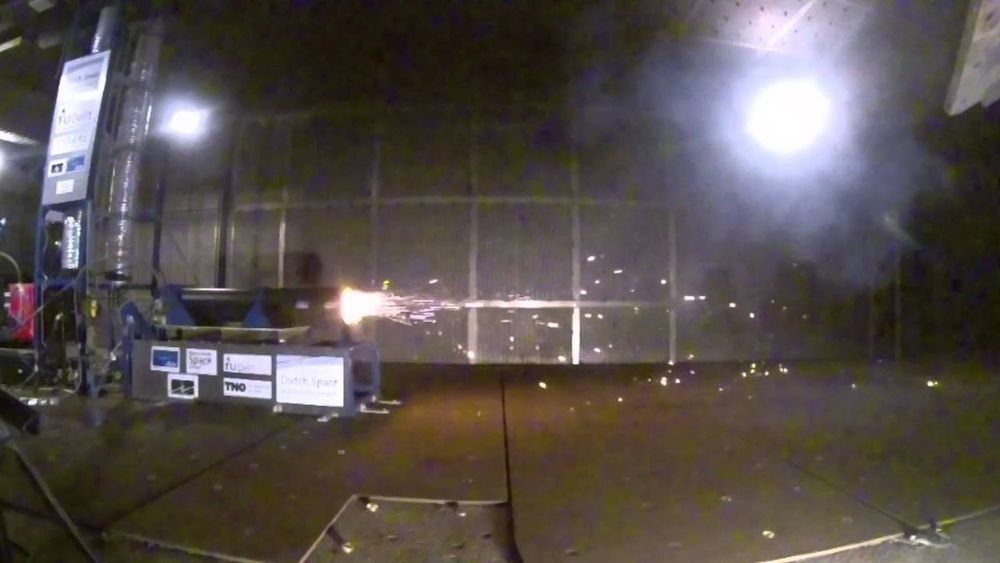
On 12. June 2013 the third test fire of the DHX-200 “Aurora” hybrid rocket motor took place at the facilities of TNO. The Aurora motor will power the Stratos II rocket and utilizes nitrous oxide as oxidizer and a fuel combination of sorbitol, paraffin wax, and aluminium particles as fuel.
The motor was intended to be fired for 15 seconds after the successful 10 second test earlier this day but was shutdown prematurely at around 6 seconds after the combustion chamber showed local structural failure.
The sequence involves the following steps:
T — 4s : Nitrous Oxide bypass flow initiated
T — 3s : Ignition pulse for pyrotechnic igniter
T 0s : Main valve open
T + 6s : Main valve closed (safety precaution)
T + 15s : Scheduled motor cut-off
Continue reading “Stratos II: Propulsion Static Test 3 — 15 seconds, early cut-off (12-06-2013)” »
